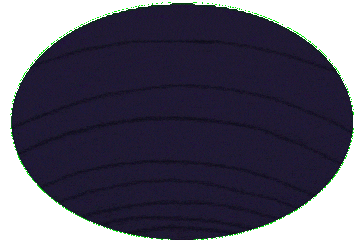Lincoln, Nebraska
Lincoln is the capital city of the U.S. state of Nebraska. The city covers 100.4 square miles (260.0 km2), and had a population of 291,082 as of the 2020 census (estimated at 300,619 in 2024). It is the second-most populous city in Nebraska and the 72nd-most populous in the United States. The county seat of Lancaster County, Lincoln is the economic and cultural anchor of the Lincoln, Nebraska metropolitan area, home to approximately 345,000 people. Lincoln was founded in 1856 as the village of Lancaster on the wild salt marshes and arroyos of what became Lancaster County. Renamed after President Abraham Lincoln, it became Nebraska's state capital in 1869. The Bertram G. Goodhue–designed state capitol building was completed in 1932, and is the nation's second-tallest capitol. As the city is the seat of government for the state of Nebraska, the state and the U.S. government are major employers. The University of Nebraska was founded in Lincoln in 1869. The university is Nebraska's largest, with 26,079 students enrolled, and the city's third-largest employer. Other primary employers fall into the service and manufacturing industries, including a growing high-tech sector. The region makes up a part of what is known as the Midwest Silicon Prairie. Designated as a "refugee-friendly" city by the U.S. Department of State in the 1970s, the city was the 12th-largest resettlement site per capita in the country by 2000. Refugee Vietnamese, Karen (Burmese ethnic minority), Sudanese and Yazidi (Iraqi ethnic minority) people, as well as refugees from Iraq, the Middle East and Afghanistan, have resettled in the city. During the 2018–19 school year, Lincoln Public Schools provided support for about 3,000 students from 150 countries, who spoke 125 different languages.
This article uses material from the Wikipedia article "Lincoln, Nebraska", which is released under the Creative Commons Attribution-Share-Alike License 3.0.
References
| Title | Summary | |
|---|---|---|
| Album Reviews: Pussy Cats | ... [2] Lincoln Daily Nebraskan ( Lincoln, Nebraska ), ... | |
| Pot-Pourri | ... [3] Lincoln Journal Star ( Lincoln, Nebraska ) ... | |












